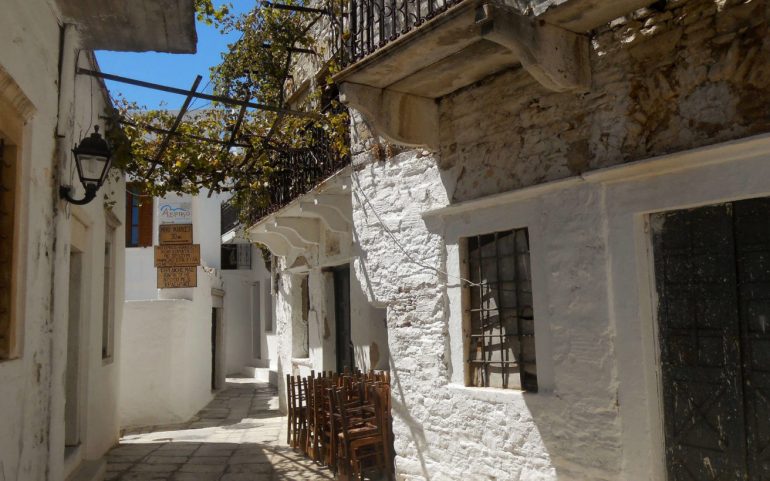There is a mantinada that says: "I will take soil and water from Psiloritis, to scatter it so that the people of Crete can give birth". It is well known, after all, the cultic relationship that the Cretans have with their island. It is not at all accidental that between funny and serious it is said that for the Cretans, a localist is the one who considers his place better than Crete!
In order to return, however, to the original mantinada, we must say that in addition to its lyricism, it also hides a great truth. A beautiful reality. And this reality also has a name. It is said… Apeiranthos.
You see, this beautiful mountain village of Naxos could be said to be on the wrong island. Everything there "smells" Crete. Of course there is the other view that says that Apeiranthos is exactly where it should be. A small Crete, many kilometers away from… big Crete.
A welcome to Apeiranthos
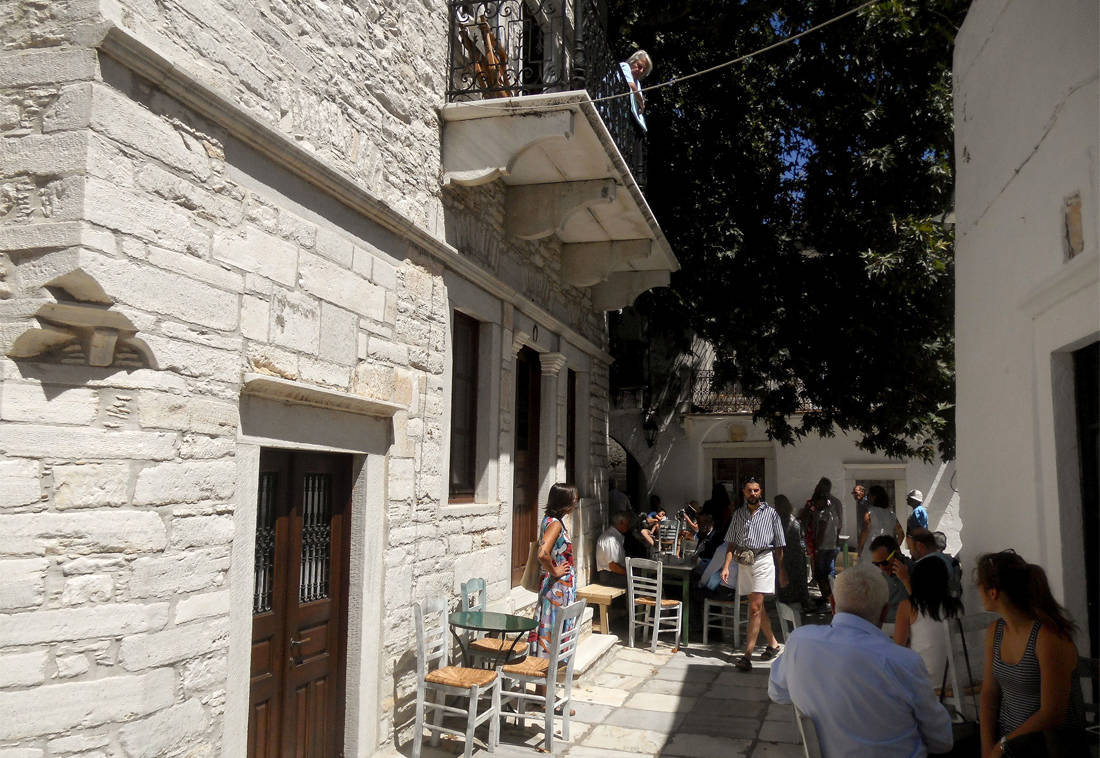
Let's start from the basics. An acquaintance with Apeiranthos for those who have not had the chance to visit it until now. If someone goes to this village and does not hear anyone talking, does not see any of his customs, does not eat any of his food, then he will easily say that it is a beautiful, but very typical Aegean island. But this is not the case.
Apeiranthos is a mountain village Naxos, in the heart of the island, and is "perched" at an altitude of 570 and 640 meters at the foot of Mount Fanari. It is 28 km from the… country of the island and according to the latest census (that of 2011) has 904 inhabitants along with those of the coastal settlements Moutsouna, Ligaridia, Kanaki, Klidos, Panermos, which immediately makes it the second largest village on the island , after Filoti.
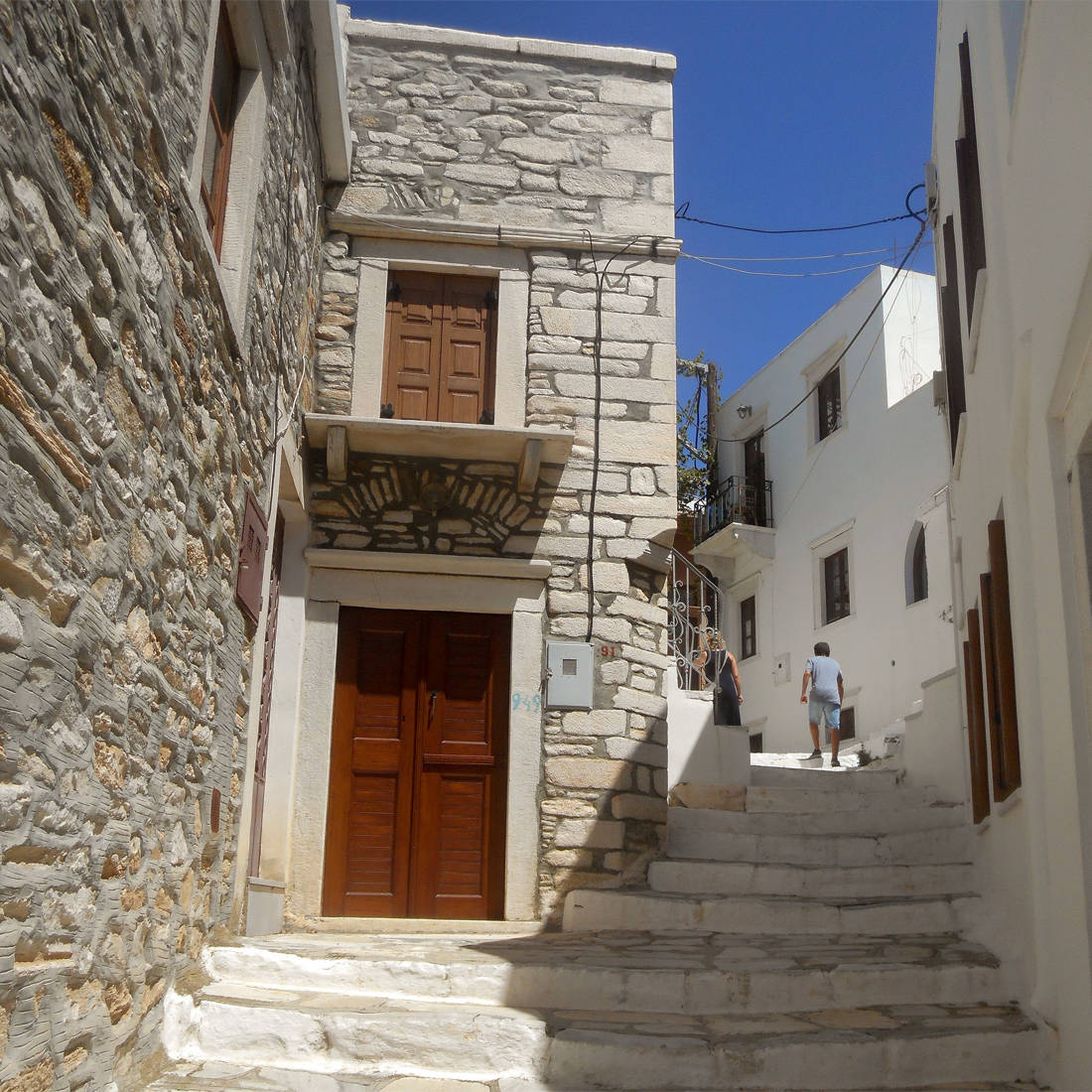
Built between two valleys with vineyards and orchards, Apeiranthos retains its Venetian architectural form almost intact. The visitor will be enchanted by the marble narrow cobbled streets, several of which are covered with arched arches. He will see towers that are representative examples of the fortified architecture of the Venetian Empire. Many and beautiful two-storey stone houses with peculiar architectural details and of course small squares.
The village is developed around two 17th century Towers, which once belonged to Frankish landowners. One of them is the tower of Zevgolis. Apeiranthos manages and maintains its Cycladic aroma, its own character and of course its Cretan origin.
The village that gave birth to a prime minister and was stained with blood
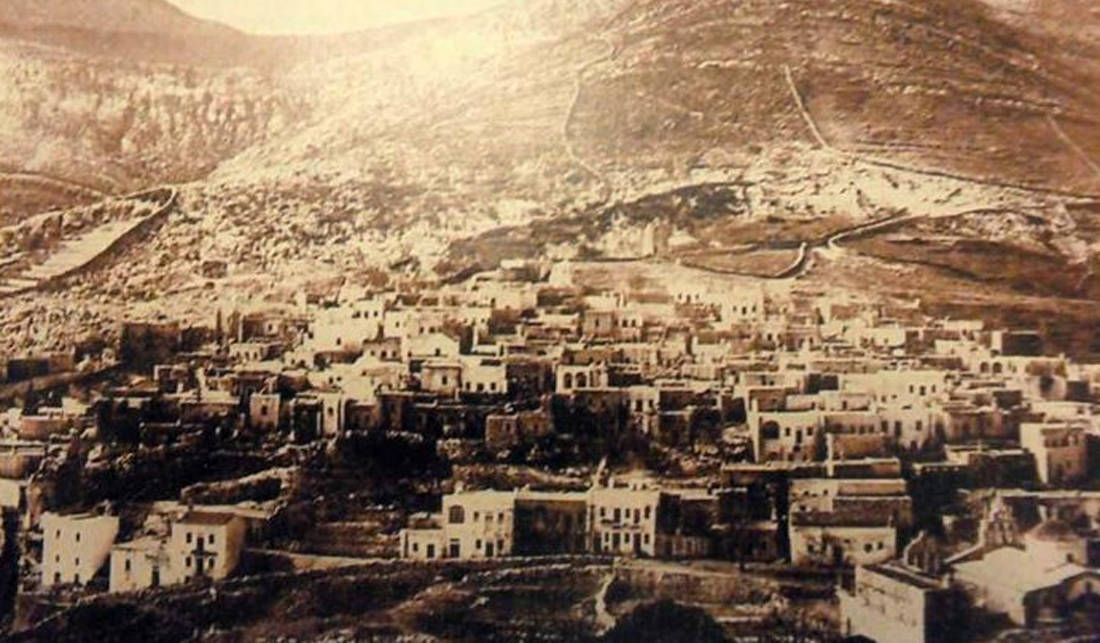
Petros Protopapadakis was born in Apeiranthos in January 1860 and was the Prime Minister of Greece from May 9, 1922 until August 28 of the same year. He began governing in 1902, serving as finance and food minister and later as prime minister in Gounaris' coalition government. Following the Asia Minor catastrophe, he was tried in the infamous "trial of six" and sentenced to death. He was executed in Goudi in 1922.
Apart from Protopapadakis, however, Apeiranthos "gave birth" to several other people of letters, arts and politics. It is the birthplace of the anti-junta fighter, General Michalis Vardanis, but also of the Left fighter Manolis Glezos.
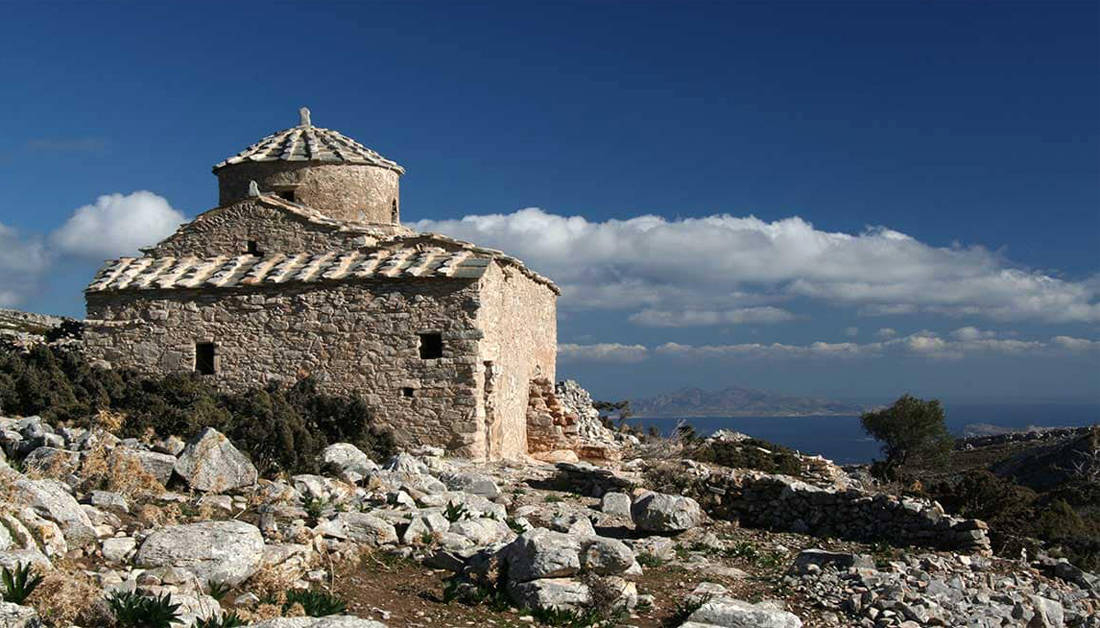
Apeiranthos, however, also has its black page. During the period of National Division, on December 2, 1916 venizelic Lieutenant Nikolaos Roussakis landed on the island with 80 men in order to persuade the inhabitants of the island to join the Movement of Thessaloniki led by Venizelos and to recruit them on behalf of Entente. The inhabitants of Naxos joined the movement with the exception of the inhabitants of the Monastery and Apeiranthos who remained loyal to King Constantine and the government of Athens.
Due to this refusal, a detachment of 250 men of the gendarmerie arrived in the village (among them many Cretans) who proceeded with unbelievable savagery in retaliation. On January 2, 1917, they opened fire on the crowd, killing 32 people, most of them elderly and women and children, and arresting 120 men who were forced to open mass graves and bury their fellow villagers. Then martial law was declared in the village which came when the municipal council capitulated and signed a declaration of accession to the government of Thessaloniki. Three years later, when the incident became known, a bill was approved by the Venizelos government to compensate the affected residents. The massacre of Apeiranthos is considered the biggest crime of the National Defense Movement.
Blood ties with Crete
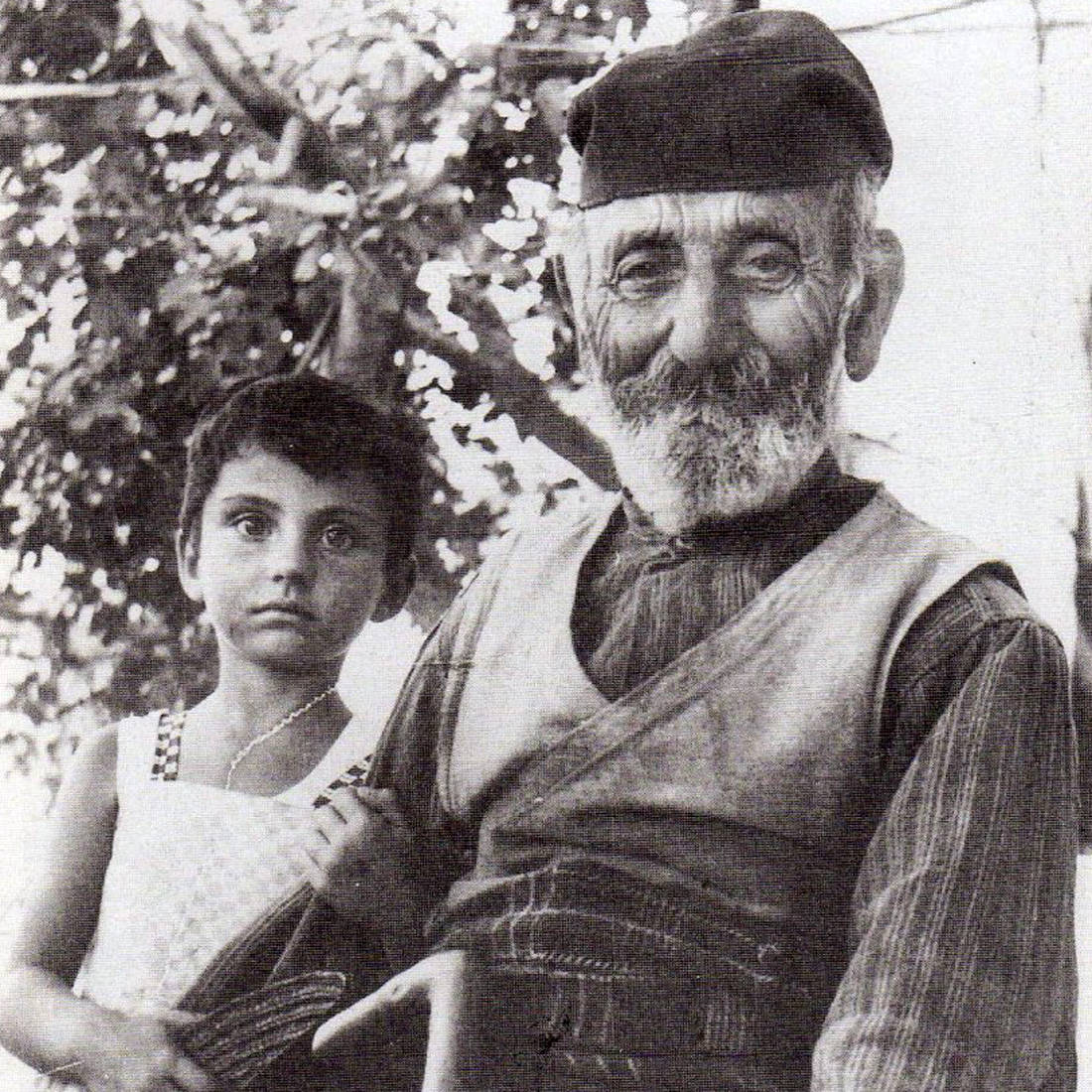
Apeiranthos is geographically a Cycladic island. Historically, however, this is not the only case. There are many stories about the origin of its inhabitants. The roots are lost over time and the myth is now indistinguishable from the truth. What is certain is that the relationship with Anogia and Sfakia (with which they have been twinned officially since 2003 at the municipal level) is more than obvious.
First there are the myths. One of them, which continues to be spread even today, has to do with Theseus and the journey back to Athens after killing the Minotaur in Crete. Having Ariadne with him, he left her in Naxos and she "hid" in Apeiranthos from the Cretans who persecuted her to bring her back. The locals, then, say that Sfakian warriors arrived there looking for Ariadne to return it to their king. They arrived in the village, loved it and stayed there making the first seven families!
Then, there are reports of many Cretan painters who arrived in the village during the Byzantine period to leave their artistic imprint in the churches, and not only, of the village.
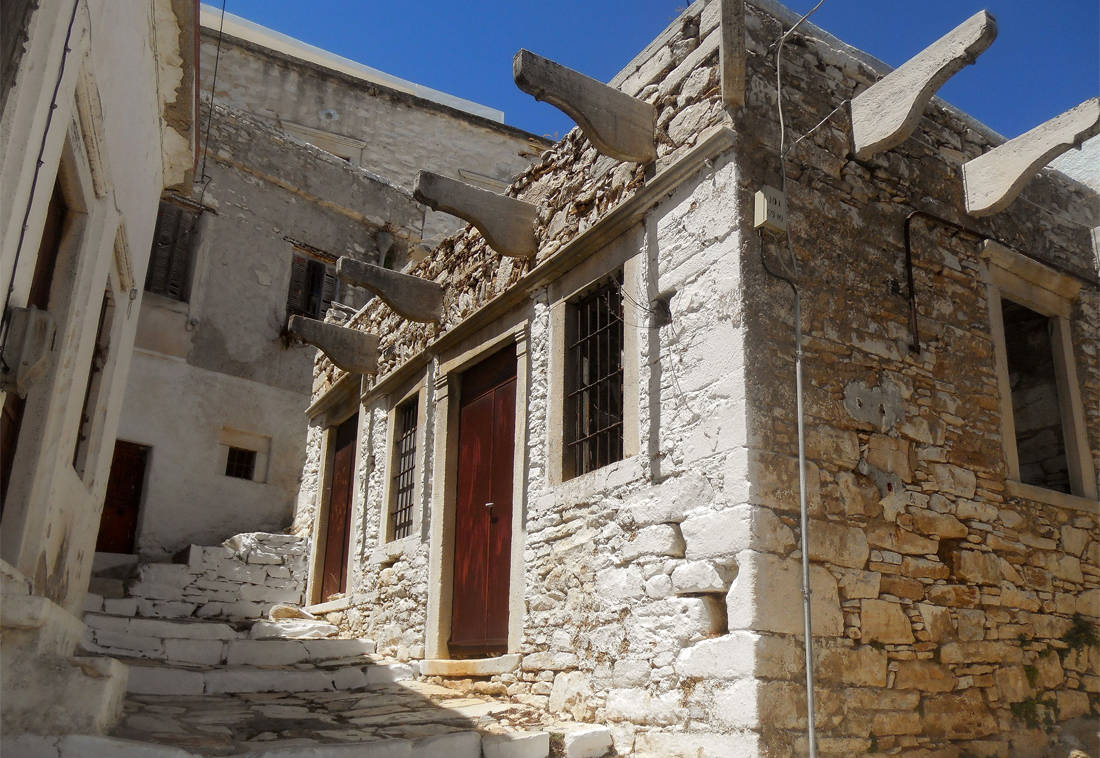
In addition, it is historically recorded that the period of Frankish rule and Turkish rule in Crete, many fighters who took part in the revolutionary movements and uprisings either fled to Naxos alone when the revolutions failed or were expelled there. One of the most important periods of such a movement is the great uprising of the Sfakians led by Ioannis Vlachos or Daskalogiannis in the period 1770-1771!
Later, various Cretan chiefs such as Captain Minas Daskalopetrakis from Apokoronas in Chania and Agathos Xiroudakis from Sfakia ended up in Naxos and Apeiranthos.
Regarding the most modern years, it would be wrong not to mention that several residents of the village were refugees who came from Smyrna with the disaster. However, and without any evidence but only stories that are transmitted by word of mouth and from generation to generation, there were not a few Cretans who arrived in Apeiranthos being chased by a vendetta.
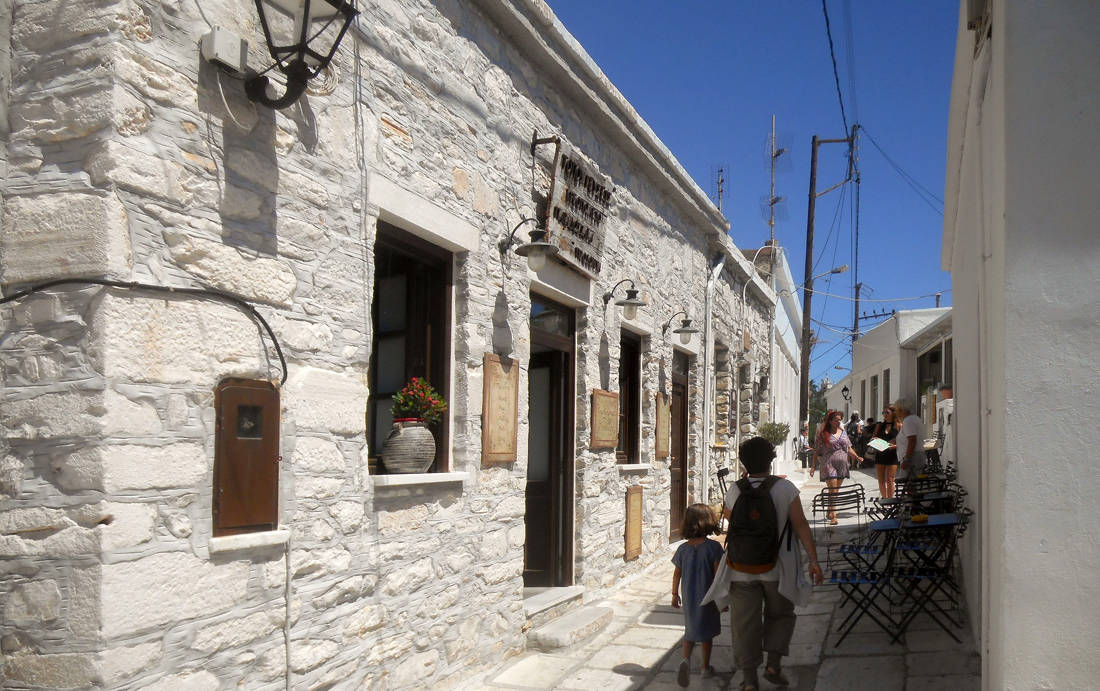
At the same time, there are trade relations that connect the two places as there are documents that fail that something like this was already happening since 1301! The inhabitants of the village still maintain many customs and traditions similar to those of the Cretans. The Cretan lyre and lute are rarely absent from their festivities. Their traditional costumes are very similar. The so-called "kotsakia" have their own mantinades which are made with the same logic as the Cretans. In terms of language here one can find the only "ρ" that sounds like… heavy "λ"! It is no coincidence that this linguistic strangeness is found in only two places. Στ΄ Anemia (and more generally in Mylopotamos) and of course in Apeiranthos.
